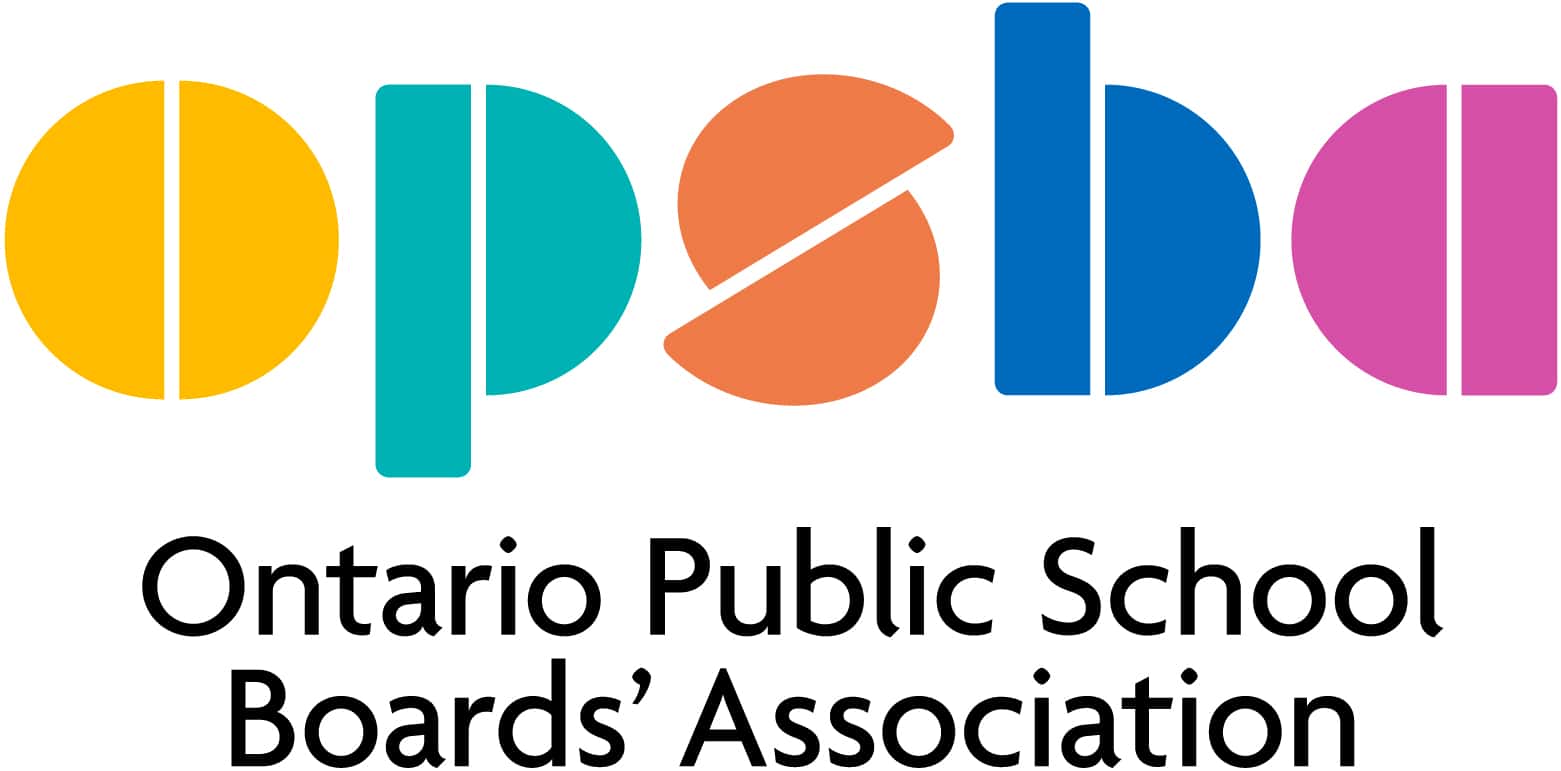Review by Melanie Tait
“Universal Design is not just a technique for special education; rather it is a technique to enhance the learning of all students.” -Turnbull et al., Exceptional Lives: Special Education in Today’s Schools, 2002
Teaching Using Universal Design for Learning
As education continues to become more inclusive and classrooms are serving students with more diverse needs, ideas to support schools and teachers are important tools. This review features two books that promise inclusive teaching practices for 21st-century learning using Universal Design for Learning.
Universal Design is the design of products and environments to be usable by all people, to the greatest extent possible, without the need for adaptation or specialized design. A familiar example of Universal Design is the wheelchair access ramp. An access ramp provides a person using a wheelchair with easier access to a building, but it also makes it easier for a parent with a child in a stroller, or someone using a walker.
Similarly, Universal Design for Learning is a teaching approach that focuses on using teaching strategies or pedagogical materials designed to enhance learning for and meet the needs of all students, regardless of their age, skills, needs or situation. For example, voice amplification equipment was originally introduced to help students who experience hearing loss, but teachers soon learned that it benefitted all students in the classroom.
“As a teacher in a typical classroom, there are two things you know for sure: Your students have widely divergent needs, skills and interests…and you’re responsible for helping every one attain the same high standards.” This statement sets the tone for Teaching Every Student in the Digital Age: Universal Design for Learning, a book about the important role that teachers play in today’s diverse classrooms. With Universal Design for Learning as their framework, David H. Rose and Anne Meyer lay out ways to use templates, tools and digital resources to help educators plan their programs, set appropriate goals, choose strategies and materials and ensure fair assessment of student progress.
This text is designed for use in teacher education courses. The reader is able to quickly locate information in the book using helpful diagrams, and a section at the beginning of each chapter succinctly provides an overview of the key ideas to follow. There is a comprehensive resource list and a useful index. The authors succeed at providing teachers with an introduction to Universal Design for Learning and some practical ways to use it in their teaching.
Teaching in Today’s Inclusive Classrooms: A Universal Design for Learning Approach, by Richard M. Gargiulo and Debbie Metcalf, is also intended for use in teacher education courses. The text is dense but well organized into 14 chapters, which are outlined in detail in the table of contents. The book is from the United States and many of the references to organizations and regulations are American, which takes away from its appeal to Canadian teachers. However, the core purpose of the book, “to provide general educators (as well as special educators) with practical, research-based teaching and learning and strategies that form an overall framework for effective instruction and management appropriate to the realities and challenges in the 21st century,” is clearly addressed. Every chapter begins with listed Learning Outcomes that help readers guide their reading and locate specific information. Headings, charts, graphs, photographs, tables and diagrams make the book more attractive and the content easier to digest. There are Web links and other references throughout the book. At the end of every chapter, a list of key terms accentuates the important ideas. A glossary at the back of the book further explains the terminology in the text.
Because of its density, this book would be a challenge to read for a busy classroom teacher, but it could be a comprehensive and helpful resource for pre-service teachers and others taking courses to improve their practice and understanding of how to work with diverse learners in the classroom. The American perspective and content might be a distraction for many readers.
Teaching Every Student in the Digital Age: Universal Design for Learning
David H. Rose and Anne Meyer
Association for Supervision and Curriculum Development, Alexandria, Virginia, 2002
216 pages, US $26.95 (paper)
Teaching in Today’s Inclusive Classrooms: A Universal Design for Learning Approach
Richard M. Gargiulo and Debbie Metcalf
Wadsworth/CENGAGE Learning, Belmont, California, 2010
460 pages, US $134.95 (paper)
Melanie Tait is an educational consultant, researcher, curriculum writer and facilitator. She is the project coordinator for the TeachAble project, a provincially funded project involving Ontario’s four publicly funded school systems, teachers’ federations and educational partners, with a mandate to create comprehensive professional development and curriculum materials on accessibility awareness for teachers, staff and students in the province. She is currently involved in a research project for ParaSport Ontario which will support the development of a plan to integrate parasport into physical education programs in Ontario schools.
Melanie also teaches part-time in the pre-service teacher education program at York University and is involved in trustee training and resource development for the Centre of Governance Excellence.

